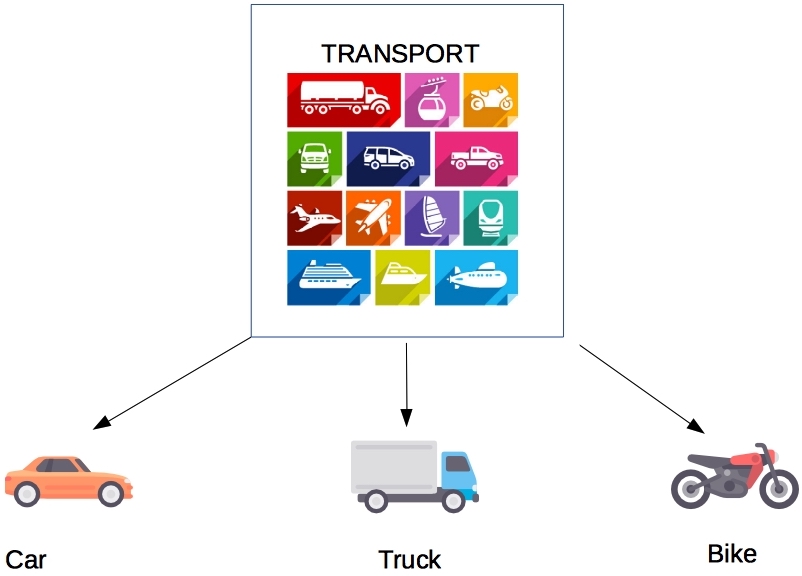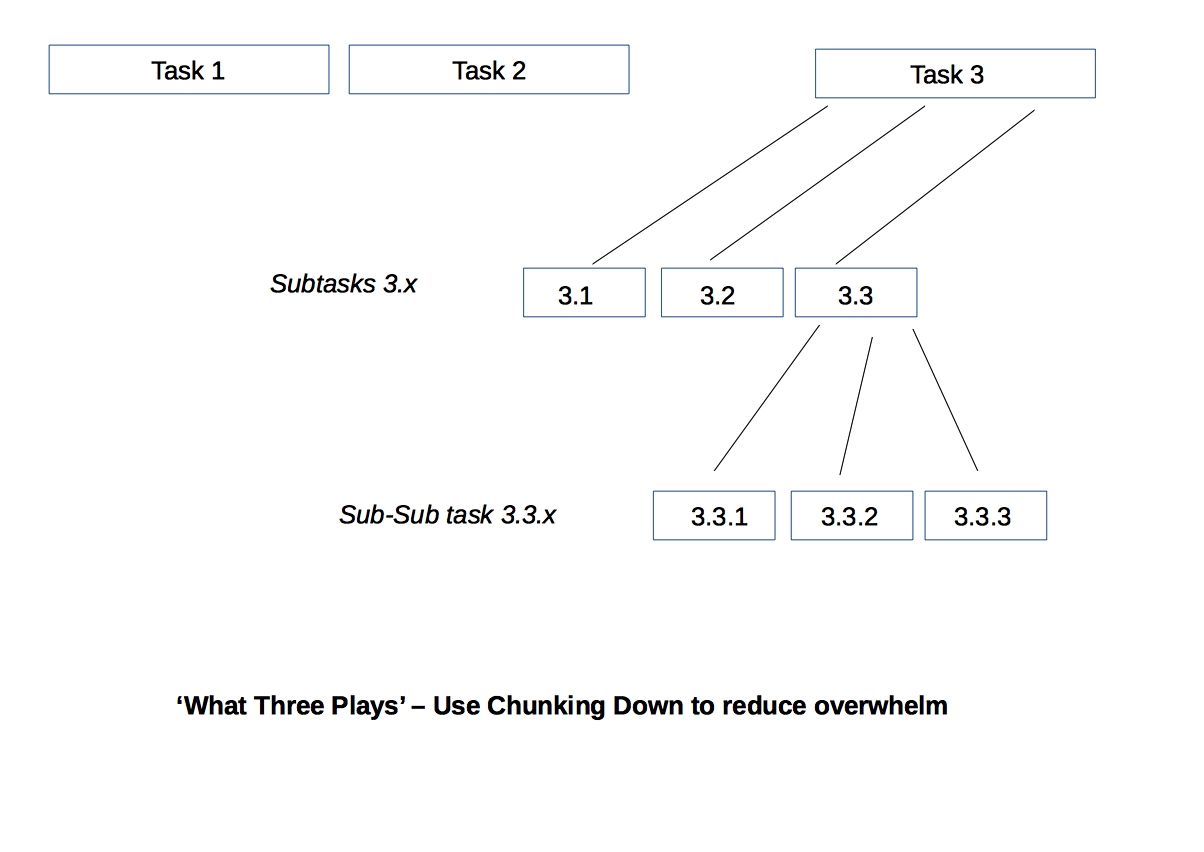- You are here:
- Home »
- Blog »
- Internal Map of Reality (General Articles) »
- Exploring Your Internal Map of Reality. Part 4: Chunking
Exploring Your Internal Map of Reality. Part 4: Chunking
 In today’s article we discuss ‘chunking’ and its role in the Internal Map Of Reality.
In today’s article we discuss ‘chunking’ and its role in the Internal Map Of Reality.
In previous parts of this series, we defined the internal map of reality as a set of ‘internal representations’ about the nature of reality, ‘Reality’ being the world outside our minds. In philosophical terms we are talking about the difference between ‘objective’ reality (the world outside), and our ‘subjective reality’ – the world inside us.
We looked at the process whereby an outside stimulus causes us to create these internal representations, that then define our internal emotional state and our external behaviour.
The first of these filters we discussed was beliefs, and we noted that a belief is anything that we hold to be true, even if it is not objectively true.
What is Chunking, and What Use is It?
One of the processes we use in order to filter and make sense of the world is called ‘chunking’. Given that the amount of information is accessible to us it make sense to filter it out in the form or deletion, distortion or generalisation.
Another way is to ‘chunk’ the information – either ‘up’ or ‘down’.
 Chunking Up
Chunking Up
For instance, chunking up equates to a generalization. What is a car an example of? Answer: transport vehicles.
Chunking down is an example of specialisation, and can also be defined as a deletion filter. What is an example of a car: answer – a Mercedes Benz. If you chunk down and only see Mercedes on the road, you’ll probably crash into the other cars that are actually there. However if you chunk up and just see cars, that could also be dangerous if you don’t see any other type of transport on the road.
You can also chunk sideways. To do this you simply chunk up, then chunk down.
Example: what is a car an example of? Transport. What is another example of transport? A train. This is what we do when we navigate traffic. We chunk sideways to be aware of all types of transport on the road.
Chunking up can be considered ‘looking at the big picture’ – most, if not all CEO’s and other top managers are looking at their business from this point of view. Elon Musk doesn’t concern himself with the minutiae of the mailroom or even the fuel of his rockets. That’s the task of his subordinates in the mailroom or the launch crew.
 The benefits of chunking up in your view of reality are that you remove yourself from overwhelm of the details. But sometimes this can be dangerous in that you miss vital details that make or break what you do.
The benefits of chunking up in your view of reality are that you remove yourself from overwhelm of the details. But sometimes this can be dangerous in that you miss vital details that make or break what you do.
On the other hand, if you own a small business with just you, then you have to be a jack-of-all-trades and focus on the details. This is a common reason why small businesses fail.
The key to all of this is select the level of detail you would like in your life. It needs to be such a level that does not lead to overwhelm.
If you have a goal you want to achieve, break it down into smaller chunks. Not only that but keep the number of chunks at each level to 3 tasks at a time.
Research has shown that males can only handle 3 tasks simultaneously without overwhelm, whereas women, who have to bring up children, can multitask easily.
“What Three Plays’
 A simple technique to break down your goals is to think of 3 tasks needed at the top level: for instance if you want to get work as a computer programmer:
A simple technique to break down your goals is to think of 3 tasks needed at the top level: for instance if you want to get work as a computer programmer:
- The first top level task would be to learn how to program a computer.
- The second task at the top level would be to learn how to get a job as a computer programmer.
- The third task at the top level might be to commence work as a computer programmer.
Each of these tasks then can be drilled (chunked) down into pieces that can be managed much more easily than trying to juggle the lot. Once the 3 lowermost tasks have been completed, move (chunk) up the hierarchy to the next level and down to the 2nd group of tasks (etc.)
You may have seen company organisational charts or family trees. This is the general shape of chunking your goal into manageable parts, and in the case of companies, is a way of dividing out the responsibilities of each employee.
In sum, chunking is a very useful tool to use – not only in goal setting, but in understanding the world as a whole.
Previous Article in this series: Internal States
Next Article in this series: Values
